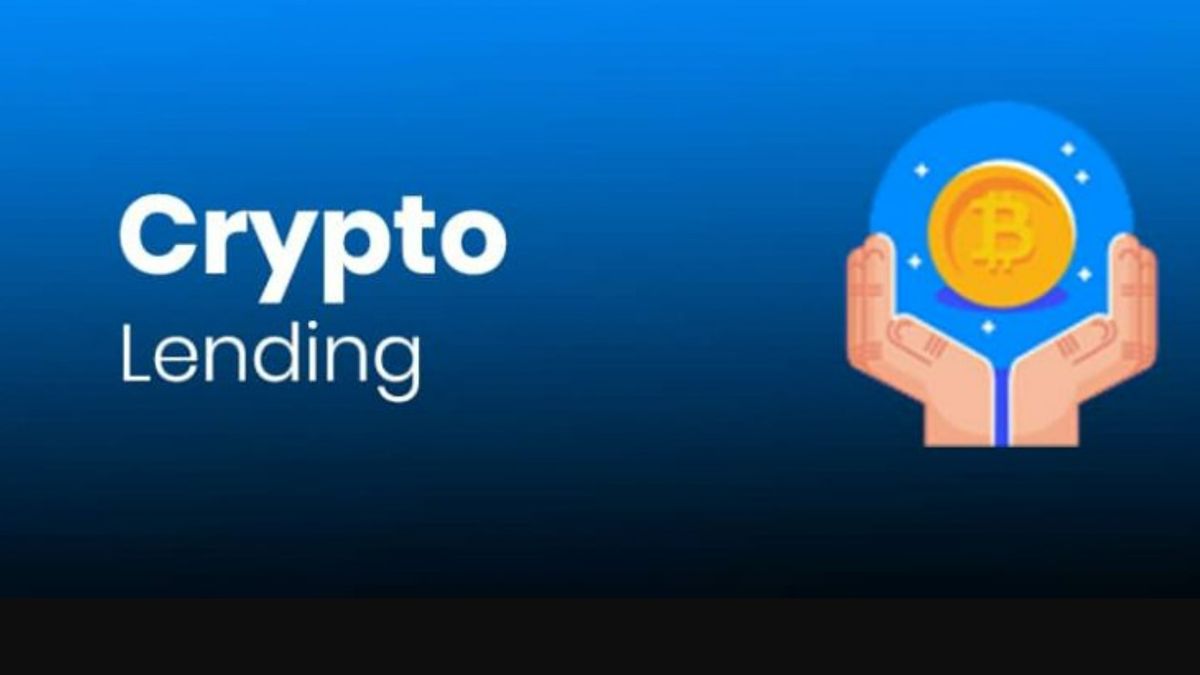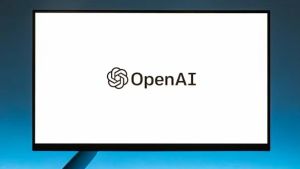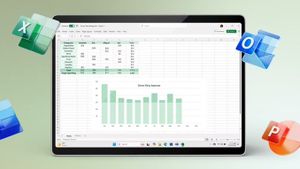JAKARTA In a decentralized financial ecosystem (DeFi), cryptocurrencies have a number of leading crypto loan platforms that crypto communities take advantage of.
The DeFi loan platform has pledged to bridge the gap between cryptocurrencies and traditional banking. As a result, DeFi serves as a new means for financial services while meeting blockchain and cryptocurrency mass adoption needs.
The popular deFi is called open finance because it pioneeres an open banking movement where individuals do not need a major party for financial services. However, before that let's recognize the crypto lending.
Getting to Know Crypto Lending
Reported by CryptoPotato, in crypto loan platforms, investors and lenders issue loans or deposit fiat for interest through distributed systems and decentralized applications.
On the other hand, an individual or business borrows money to earn interest through a decentralized network. Either lend and borrow using DApps, Smart Contract, and other protocols used by the best DeFi loan platform.
Then, decentralized loans provide various opportunities and benefits of loans to lenders. One of them is to provide opportunities for investors who want to hold crypto for a certain period of time to earn income from interest.
In this context, borrowers usually have certain crypto projects and need funds for their development. With crypto lending, they can follow the crypto lending platform. However, to gain access to a loan, users must first have a crypto wallet.
How to Work Cryptojaming
Decentralized loans are as simple as taking money from your pocket and giving it to friends. Decentralized apps and Smart Contract represent your intermediaries and negotiators, respectively. Borrowing 50,000 US dollars through DApp requires only a few clicks.
What happened was that you opened the DApp, and entered the leading crypto lending page. The crypto loan platform allows you to decide what rate of interest you want to set on the loan. At the same time, smart contracts will automate the loan-related agreement.
Then, the governance of the DeFi platform is usually carried out by a decentralized autonomous organization (DAO) run by the community. Changes to the platform are made through a voting process, with voting power related to the number of governance tokens held by each user.
The governance token is a cryptocurrency printed on the DeFi platform through lending activities. On the one hand, governance tokens are an incentive for trading on the platform. Most governance tokens on the top Defi platform are also actively traded on major exchanges.
List of Leading Crypto Loan Platforms
Crypto loan platforms are actually not much different from traditional loan mechanisms, the difference between decentralized crypto lending. This means that there is not a single centralized authority controlling it.
The following is a list of leading crypto lending platforms that still exist today as summarized from Coingape.
Aave is an Ethereum-based open source and non-custodical protocol that allows the creation of a money market. Despite offering other services, Aave is popular for borrowing. Like some DeFi lending platforms, it offers dual DeFi token models: aToken and LEND.
LEND is an Aave governance token. The platform also has other tokens, namely AAVE, an ERC-20 token that can function to increase borrower interest. AAVE is already trading on a number of leading crypto exchanges.
The platform launched in 2017 is the most popular DeFi lending platform in the market. Aave offers various types of loan and loan services such as unsecured loans, "interest rates", Flash Loans, and unique types of collateral.
Interest rates vary depending on the tokens stored. Certain stablecoins, namely tokens that are pegged for dollars, currently offer the best returns on the platform, around 12 percent.
Aave is one of DeFi's lending platforms that supports many assets including Basic Attention Token (BAT), Dai (DAI), Ethereum (ETH), Kyber Network (KNC), Aave (LEND), ChainLink (LINK), Decentraland (MANA), Maker (MKR), Augur (REP), Synthetix (SNX), TrueUSD (TUSD), USD Coin (USDC), Tether (USDT), Wrapped BTC (WBTC), 0x (ZRX), and USD Synthetix (SUSD).
The Maker Protocol, popularly called the Multi-Colllateral Dai (MCD) system, is one of DeFi's most prominent lending platforms. Founded in 2015 as a means to avoid cryptocurrency market volatility. Therefore, its home stablecoin, DAI, is pegged to dollars to lend and borrow with smart contract requirements.
MakerDAO, an open source protocol built on Ethereum, allows users with ETH and access to MetaMask to lend in the form of DAI. Similar to many other DeFi lending platforms, the platform has dual token models: Maker, and DAI. Token masks are governance tokens that maintain stability in the system.
The platform offers users a measurable rate of interest for DAI deposits.
Compounds are other popular smart contracts that are publicly accessible built on the Blockchain Ethereum. This allows borrowers and lenders to lock their crypto assets into protocol.
Unlike other DeFi lending platforms, Compound allows tokenization of assets locked in their systems through the use of cTokens. Tokenization allows users to trade assets they have locked on the platform.
As a result, when you deposit your ETH, you get a cTone, which can be used as collateral. On the other hand, the COMPA token is the DeFi token. However, it supports a wide range of nine assets published on Ethereum, including BAT, DAI, SAI, ETH, REP, USDC, WBTC, USDT, and ZRX.
It has varying levels of DeFi lending and lending depending on the supported currency. The lending rate on the platform on December 6, 2022 was at 2.63 percent and 0.86 percent for a period of 30 days.
DYdX presents margin trading, options, and derivatives to blockchain spaces, which are usually found in fiat markets and are common for traditional investment. On platforms, users can trade, lend, and borrow ETH, DAI, and USDC. It also offers cross-ranged margin and isolated margin trade trading as well as uses the BTC/USDC eternal market contract with a leverage of 10x.
Loans on the platform are at 125 percent collateral and 115 percent liquidation itself. Unlike many other DeFi lending platforms, the platform does not have genuine tokens, and therefore charges trading costs in supported tokens. Loan interest rates and loan interest rates in the platform range are 0 percent and 0.02 percent on December 6, 2022 for 30 days.
This project builds on the Terra blockchain, this protocol allows users to get interest on the TerraUSD stablecoin (UST) deposit. Although relatively new compared to other protocols on the list, Anchor is becoming famous for its 20 percent flat income rate for deposits. This protocol uses interest payments from borrowers on large UST platforms and reserves managed by its community. The anchor Protocol has its own token named ANC which is currently trading at a price of IDR 553 per token.
This is a list of 5 leading crypto loan platforms that have persisted amid the bear market in recent months.
The English, Chinese, Japanese, Arabic, and French versions are automatically generated by the AI. So there may still be inaccuracies in translating, please always see Indonesian as our main language. (system supported by DigitalSiber.id)













